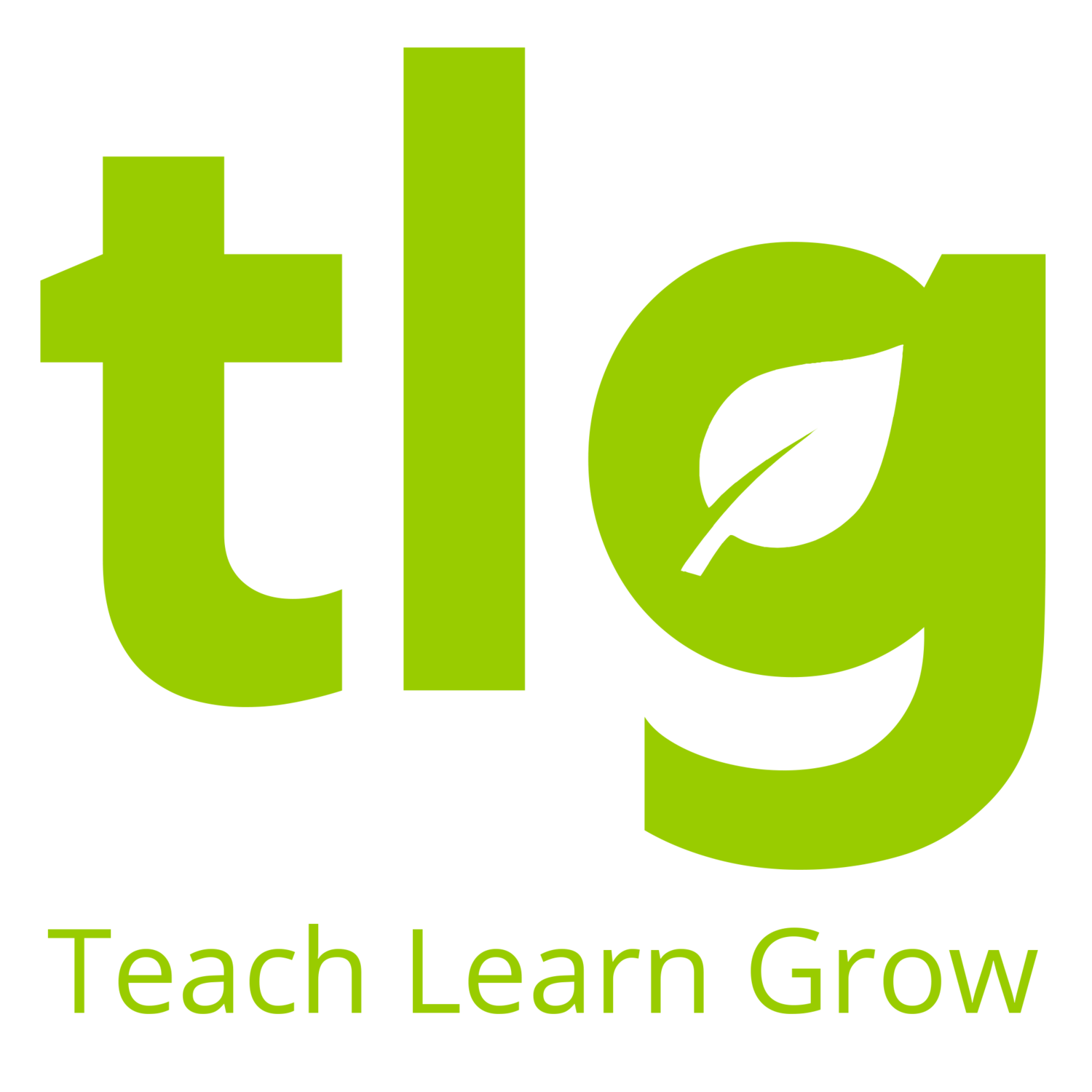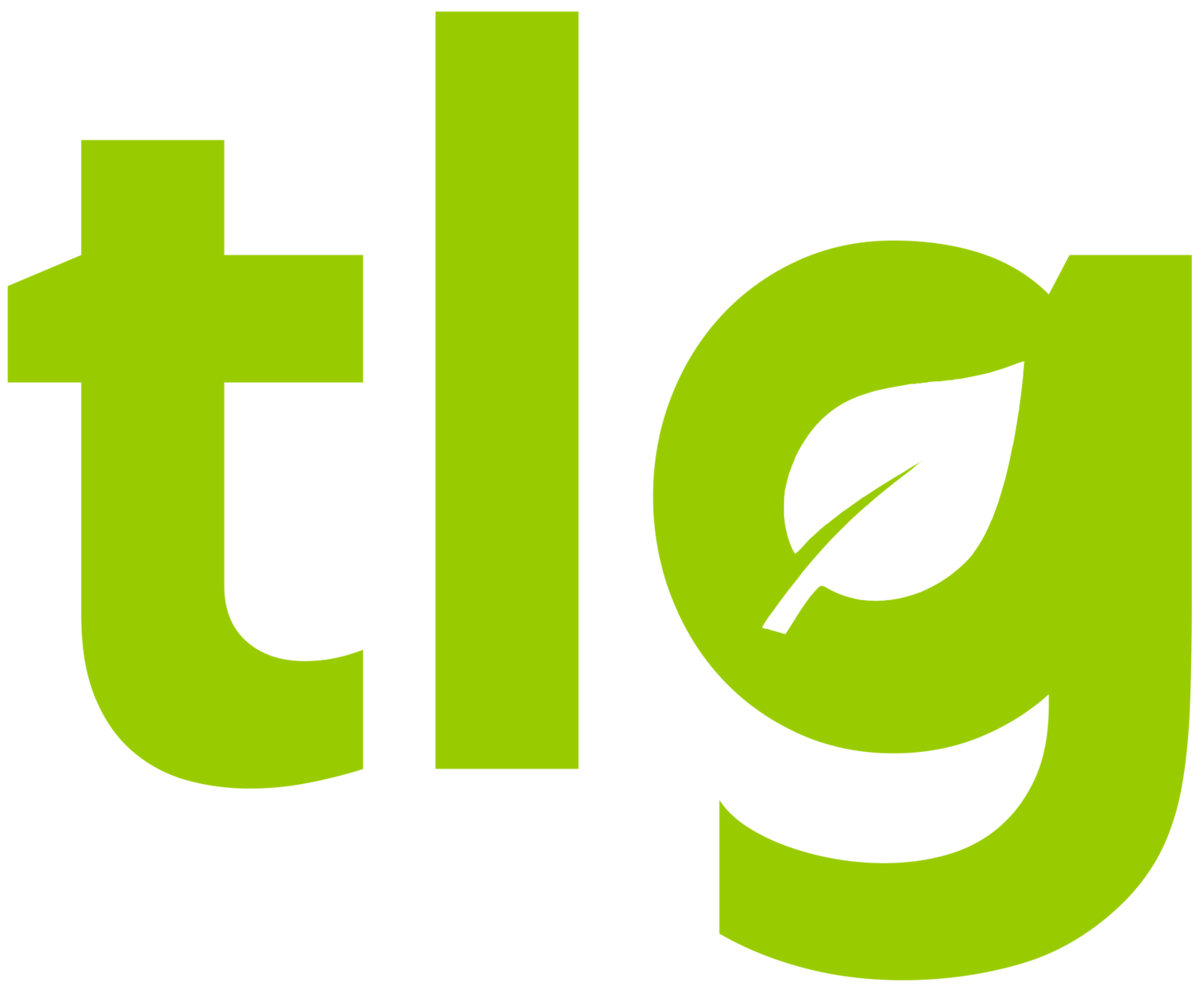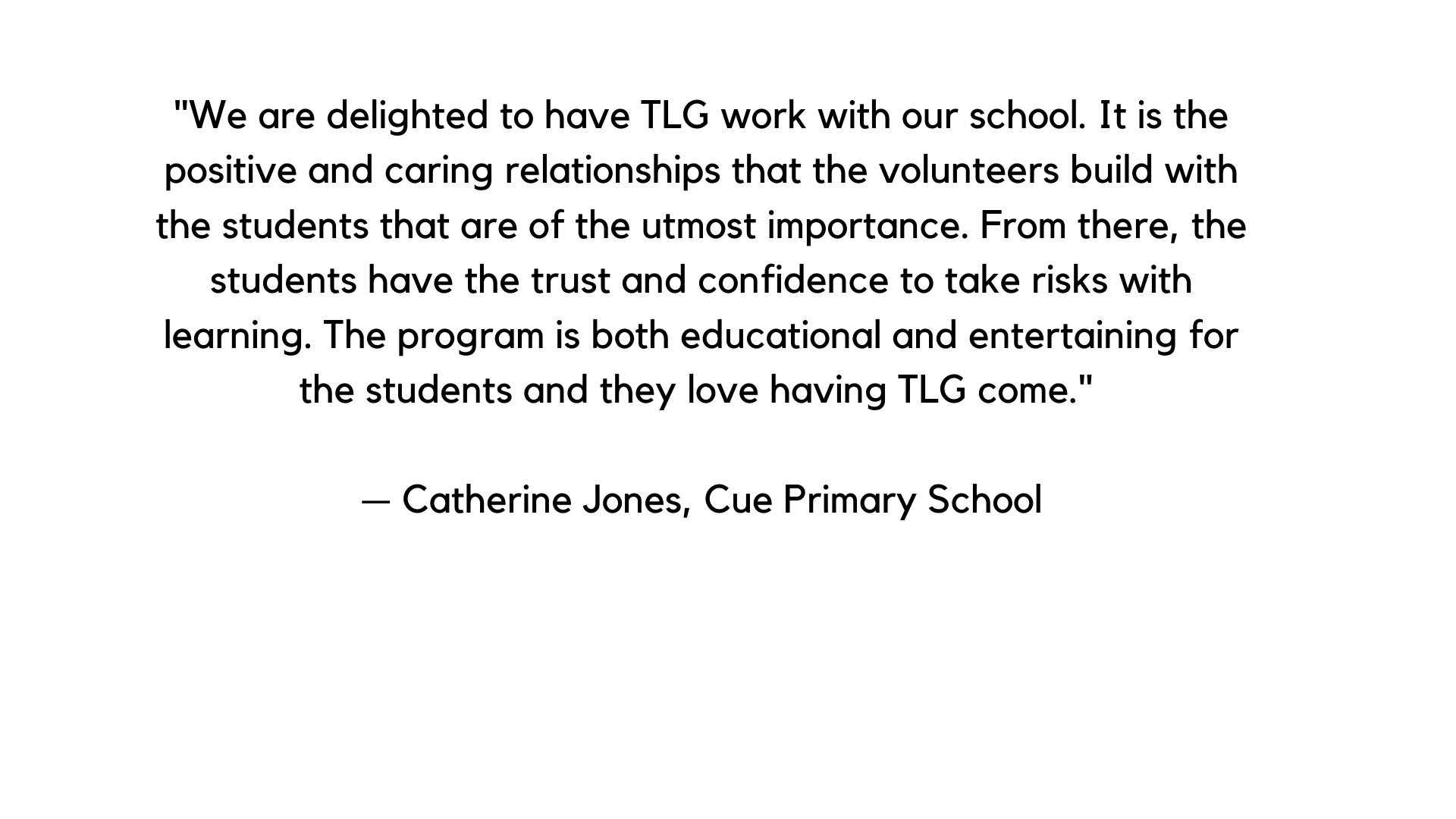
Our Vision
Since 2011, Teach Learn Grow has been determined to make a real and long-term impact on the educational outcomes of students experiencing disadvantage in rural and remote Australian communities.

Our Vision
Teach Learn Grow envisages an Australia where all students reach their potential.
~
Our Mission
To help rural, regional and remote students overcome barriers by improving their educational outcomes and expanding their aspirations.

Our Three Core Goals
Goal 1:
Improve students’ educational outcomes
Goal 2:
To support students’ personal development and expand their aspirations for the future.
Goal 3:
To create opportunities for students to connect and share experiences.

Through one-on-one tutoring and mentoring, we are dedicated to supporting children experiencing educational disadvantage and working towards an Australia where every child is empowered to reach their full potential.

What We’ve Achieved
Australian children are falling through the education gap every day.
The ‘education gap’ refers to the educational inequality between the highest and lowest performing students’ educational achievement due to external areas of disadvantage children have no control over.
The education gap widens as children move through school.
On average, children from low-income households are 3 years behind children from high-income households, and once this gap exists it can be near to be impossible to bridge it without external support (ACER 2018).
The 2011 Gonski Report analysis of the education system in Australia found a profound link between low levels of achievement and disadvantage, such as low socioeconomic and Indigenous background. It identified three key factors indicative of educational inequity in Australia:
Level of remoteness
Indigenous background
Socio-economic background
Approximately three in five children experiencing disadvantage (low socio-economic household, remote communities, Aboriginal and Torres Strait Islander descent) will not complete a Year 12 or Certificate III equivalent by age nineteen (Mitchell Institute 2015).
For many children, being born in a rural or remote Australian community means they will have significantly lower educational outcomes, which will have a profound effect on their whole future (ACER 2015).
Based on location, remote children are 1.5 years behind their metropolitan counterparts and 1.5 times less likely to achieve the baseline mathematics level for Australia (ACER 2015).
Very remote children are 20 times more likely to be below the minimum national standard in mathematics by year nine, compared to their metropolitan counterparts (NAPLAN 2017).
Aboriginal and Torres Strait Islander students are by far the most over-represented in all areas of educational under-performance.
On average, Indigenous children are 2.5 years behind non-Indigenous children, with 75% of Aboriginal and Torres Strait Islander students failing to achieve the baseline mathematics level for Australia compared to 57% for other students (ACER 2018).
Nearly half of all Aboriginal and Torres Strait Islander students are low performing (43%) by year ten, which is more than twice that of other students (18%) and the international average (21%) (ACER 2015).










